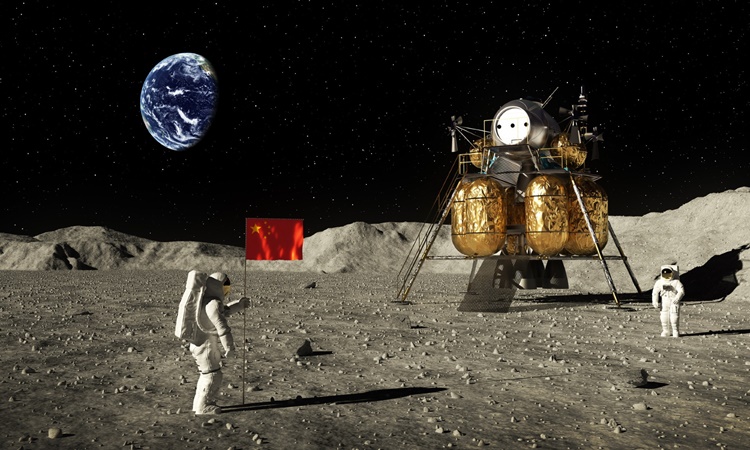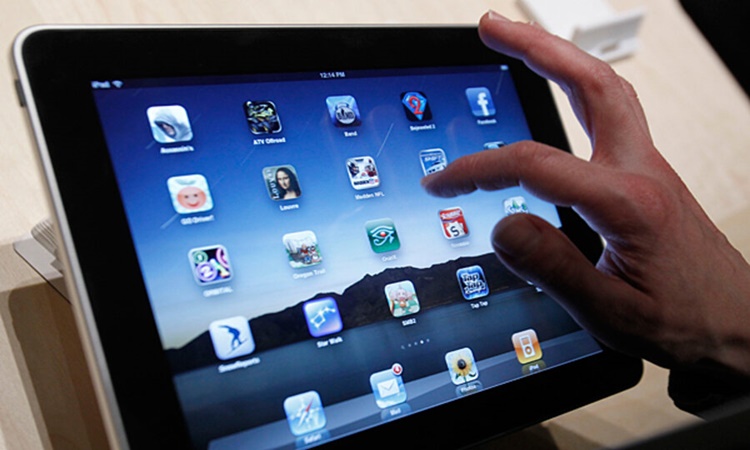5 Science Fiction That Turned Reality
SCIENCE FICTION – Check out the five (5) science fiction predictions that turned into reality.
Science fiction is crafted to spark imagination, and although it offers comfort that malevolent robots and planet-destroying space stations are purely products of fiction, the non-existence of practical jetpacks, flying cars, and teleportation, in reality, can be somewhat disheartening.
Despite the eagerness for these revolutionary developments, with the understanding that their realization might require time, as evidenced by Tesla’s achievement of launching a car into space, it is fascinating to delve into five sci-fi predictions that have indeed come to fruition.
The Internet

Mark Twain, in his 1898 story “From the ‘London Times’ in 1904,” unexpectedly delves into the concept of the Internet. In this narrative, Twain introduces the telelectroscope, a device remarkably reminiscent of an early version of the internet. Twain accurately predicted its connection to phone lines. He envisioned a future where an “improved ‘limitless-distance’ telephone” would enable global visibility and discussions about the “daily doings of the globe.” The story’s protagonist, an army officer facing execution, explores the internet, connecting with various parts of the world, studying its peculiarities, and interacting with its inhabitants. This mirrors the contemporary experience of individuals feeling a sense of freedom through the internet, despite physical confinement.
The Moon Landing

In 1865, Jules Verne wrote “From the Earth to the Moon: A Direct Route in 97 Hours, 20 Minutes.” A century later, Neil Armstrong’s historic moonwalk marked a monumental moment for humanity. Verne’s meticulous lunar narrative in “From the Earth to the Moon” and its sequel, “Around the Moon,” set them apart in sci-fi history. While not entirely aligning with reality, Verne’s work accurately anticipated a team of spacefarers undertaking the initial lunar journey, influencing subsequent artists like H.G. Wells and Georges Melies.
Verne’s vision left an indelible mark, acknowledged by Neil Armstrong during Apollo 11’s return journey. Armstrong referenced Verne’s book, noting the fitting connection as the modern-day Columbia concluded its rendezvous with Earth and the Pacific Ocean.
Tablet Computers

Stanley Kubrick’s 1968 film “2001: A Space Odyssey” may not have brought the monolith and star child to reality, but it significantly influenced the concept of tablet computers. The film depicted astronauts multitasking with individual flatscreen computers, referred to as newspads. Arthur C. Clarke’s description of newspads strikingly resembles the functionality of contemporary tablet computers. Kubrick even envisioned headlines for the newspad, resembling modern news updates.
Cellphones

Star Trek’s communicator, introduced in 1964, serves as an early precursor to the cellphone. The futuristic device facilitated communication between the starship Enterprise and alien planets. While lacking modern features, it foreshadowed the convenience of mobile communication. Gene Roddenberry, Star Trek’s creator, wasn’t the sole visionary; Eric Tigerstedt had patented a pocket-size folding telephone in 1917, anticipating mobile phone technology.
Holograms

Star Wars, particularly the 1977 film, introduced holograms to popular imagination. Princess Leia’s holographic recording, transmitted by R2-D2, played a pivotal role. While holographic performances like Tupac’s at Coachella in 2012 captured public attention, the concept predates their actual existence. Euclideon Holographics has endeavored to modernize table-projected holograms, though the innovation comes with a hefty price tag, reaching up to $100,000 for their devices.
READ ALSO: 8 Incredible New Species Discovered In 2023
